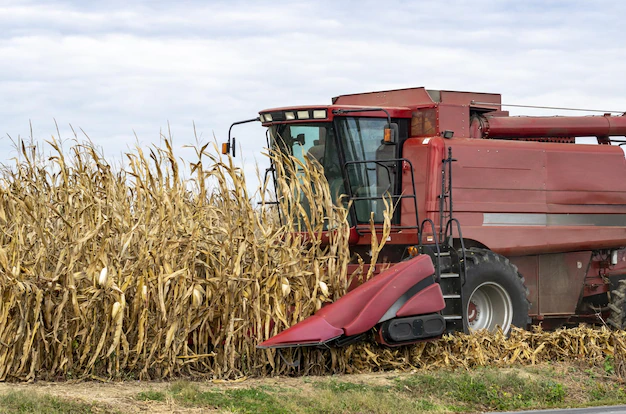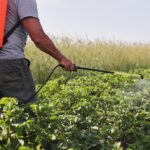Choosing the right combine harvester for your farm involves considering several factors to ensure it meets your specific needs and maximizes productivity. Here are some key steps to guide you in the selection process:
- Assess your farm’s requirements: Begin by evaluating your farm’s size, crop type, yield expectations, and specific harvesting needs. Consider the average field size, terrain, and any unique challenges or limitations your farm may have.
- Determine the crop type and conditions: Different combine harvesters are designed for specific crops. Identify the primary crops you plan to harvest and research the recommended models for those crops. Consider factors such as crop height, stem thickness, and harvesting conditions (e.g., wet or dry) that may influence your choice.
- Estimate harvest capacity: Calculate your farm’s expected harvest capacity, taking into account the size of your operation, crop yield, and the available harvesting window. Ensure the combine harvester you choose can handle your projected workload effectively and efficiently.
- Research available options: Explore the market for combine harvester models that align with your requirements. Consider factors such as brand reputation, availability of spare parts and service support, ease of maintenance, and the availability of local dealerships for assistance.
- Consider harvester features: Look for features that enhance productivity and suit your specific needs. Some important features to consider include header width, grain tank capacity, power and engine capacity, fuel efficiency, ease of operation, cleaning and separating mechanisms, automation and precision technology, and compatibility with attachments or headers for different crops.
- Evaluate field conditions and terrain: Assess your field conditions, including slope, soil type, and any obstacles or challenges that may affect the harvester’s maneuverability. Choose a model with appropriate tire options, suspension systems, and ground clearance to navigate your fields effectively.
- Compare pricing and financing options: Once you have shortlisted a few combine harvester models, compare their prices and financing options. Consider the initial purchase cost, long-term maintenance expenses, warranty coverage, and any available financing plans or leasing options.
- Seek expert advice: Consult with local agricultural machinery experts, dealers, or experienced farmers in your region. They can provide valuable insights based on their practical experience and knowledge of the local farming conditions.
- Consider long-term support and after-sales service: Ensure that the manufacturer or dealer offers reliable after-sales service, technical support, and a readily available supply of spare parts. This will ensure minimal downtime and quick resolutions to any issues that may arise during harvesting seasons.
- Test and evaluate: If possible, arrange to test the shortlisted combine harvester models on your farm before making a final decision. This will allow you to assess their performance, ease of operation, and suitability to your specific requirements firsthand.
By following these steps, you can make an informed decision and choose the right combine harvester that maximizes efficiency and productivity on your farm.









